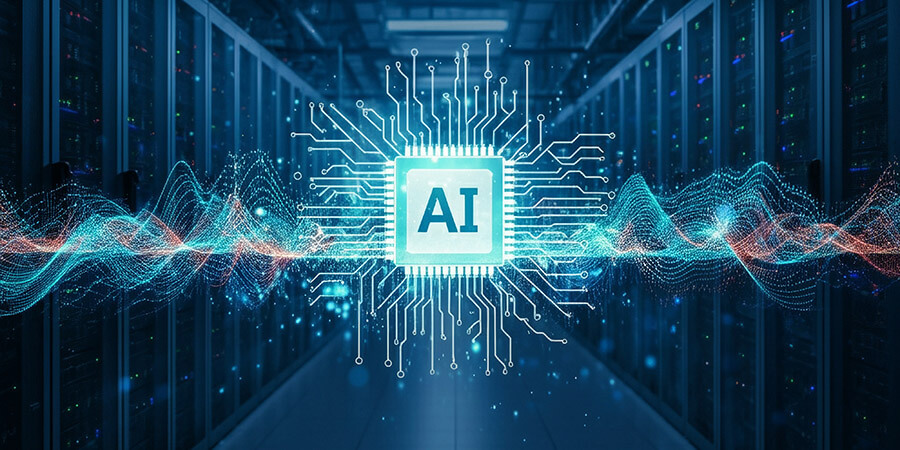The International Energy Agency (IEA) has projected that global electricity consumption by data centers will double by 2030, driven primarily by the growing adoption of artificial intelligence (AI).
This growth poses significant challenges for energy security and carbon emission goals, as data centers are expected to consume approximately 945 terawatt hours (TWh) by 2030 – comparable to Japan’s current annual electricity usage. AI alone is the main driver of this growth, alongside the increasing demand for other digital devices.
In 2024, data centers accounted for 1.5% of global energy consumption, driven by generative AI’s (GenAI) computing power to process immense databases.
The United States, Europe, and China, collectively account for 85% of global data center energy consumption. To meet the growing demand, major technology companies are exploring innovative solutions. Google and Amazon have each signed agreements to source energy from nuclear reactors and power for their data centers, while Microsoft plans to use energy from new reactors at Three Mile Island.
The IEA estimates that data centers will consume about 3% of global electricity by 2030. Moreover, data centers are set to accelerate the increase in carbon emissions, which is expected to rise from 180 million tons in 2024 to 300 million tons by 2035.
“AI has the potential to transform the energy sector in the coming decade, driving a surge in electricity demand from data centers worldwide, while also unlocking significant opportunities to cut costs, enhance competitiveness, and reduce emissions,” the IEA highlighted.
In response to these, United States President Donald Trump has launched a “National Council for Energy Dominance” aimed at increasing electricity production and maintaining the country’s position in the global AI race.
Read More:
UAE Data Center Market to Attract USD 1.5 Billion in Investments by 2027
Data Center Cooling Market to Soar USD 80.1 Billion by 2033
Networks for AI: Telecoms Networks Facing the Boom of Artificial Intelligence Uses










